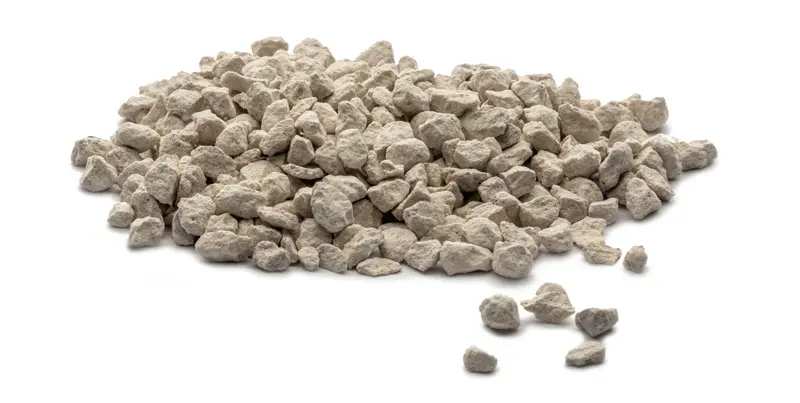Chlorine
Chlorine ( /ˈklɔəriËn/ klohr-een; from Ancient Greek: χλωÏóς khlôros ”pale green”) is the chemical element with atomic number 17 and symbol Cl. It is the second lightest halogen, found in the periodic table in group 17. The element forms diatomic molecules under standard conditions, called dichlorine. It has the highest electron affinity and the third highestelectronegativity of all the elements; for this reason, chlorine is a strong oxidizing agent.
The most common compound of chlorine, sodium chloride, has been known since ancient times; however, around 1630, chlorine gas was obtained by the Belgian chemist and physician Jan Baptist van Helmont. The synthesis and characterization of elemental chlorine occurred in 1774 by Swedish chemist Carl Wilhelm Scheele, who called it “dephlogisticated muriatic acid air,” having thought he synthesized the oxide obtained from the hydrochloric acid. Because acids were thought at the time to necessarily contain oxygen, a number of chemists, including Claude Berthollet, suggested that Scheele’s dephlogisticated muriatic acid air must be a combination of oxygen and the yet undiscovered element, and Scheele named the supposed new element within this oxide as muriaticum. The suggestion that this newly discovered gas was a simple element was made in 1809 by Joseph Louis Gay-Lussac and Louis-Jacques. This was confirmed by Sir Humphry Davy in 1810, who named it chlorine, from the Greek word χλωÏος (chlÅros), meaning “green-yellow.”
Chlorine is a component of various compounds, including table salt. It is the second most abundant halogen and 21st most abundant chemical element in Earth’s crust. The great oxidizing potential of chlorine led it to its bleaching and disinfectant uses, as well as uses of an essential reagent in the chemical industry. As a common disinfectant, chlorine compounds are used in swimming pools to keep them clean and sanitary. In the upper atmosphere, chlorine-containing molecules such as chlorofluorocarbons have been implicated inozone depletion. Elemental chlorine is extremely dangerous and poisonous for all lifeforms; however, chlorine is necessary to most forms of life, including humans, in form of chlorideions.
 HS-CL
HS-CL